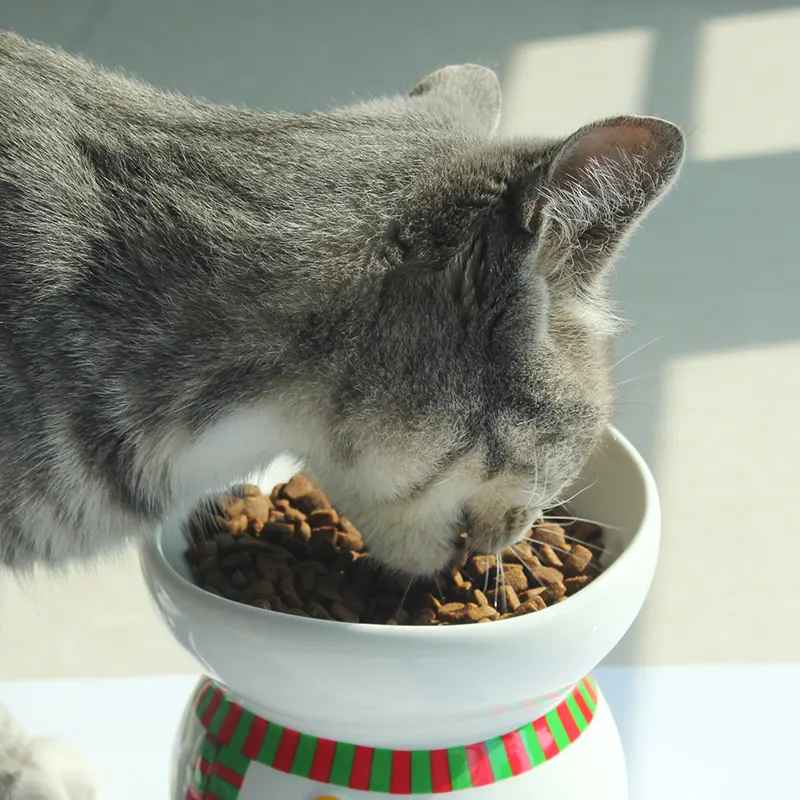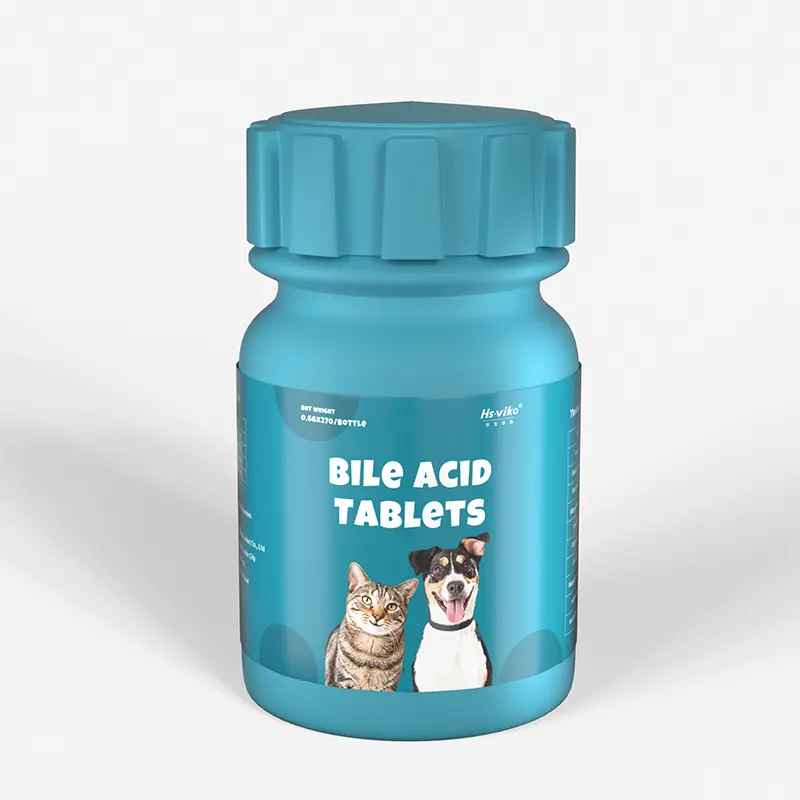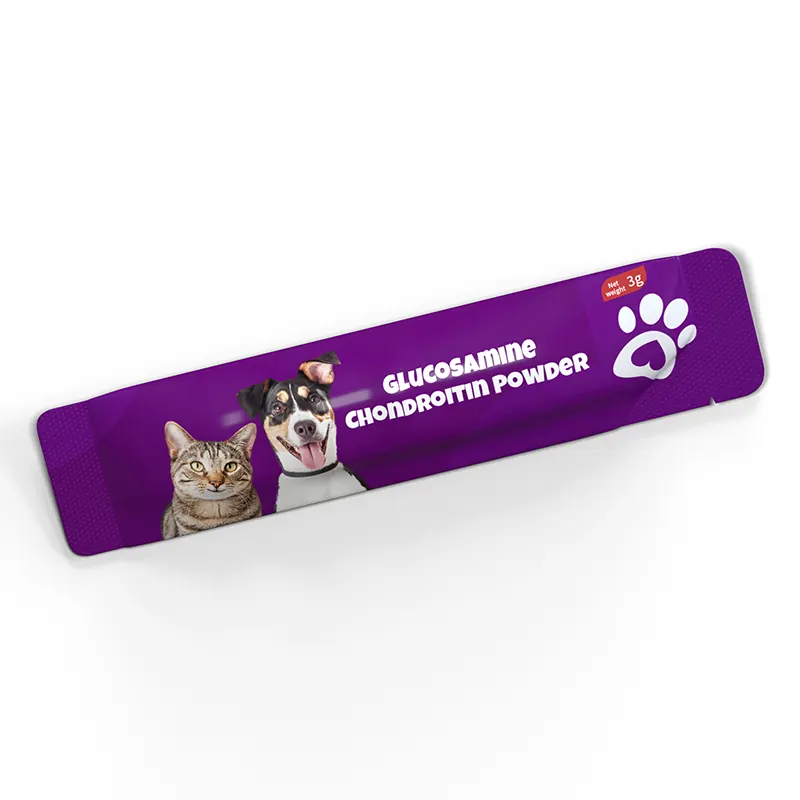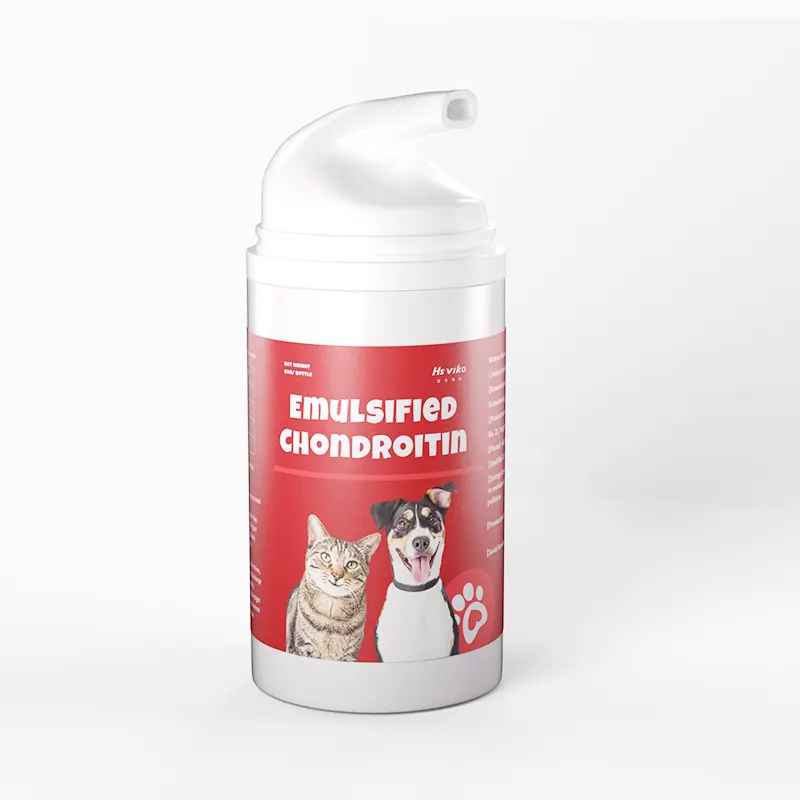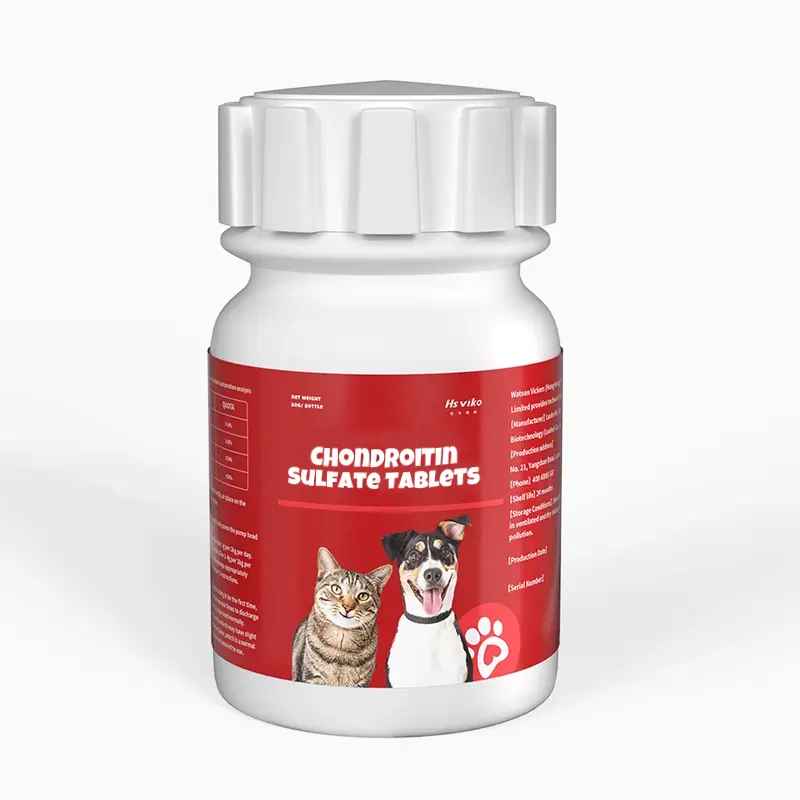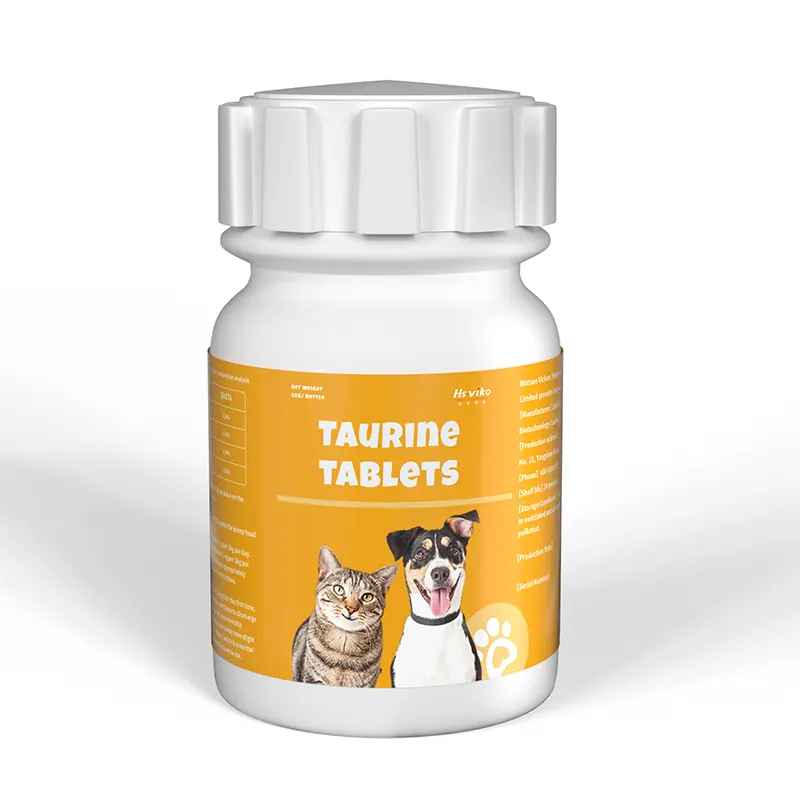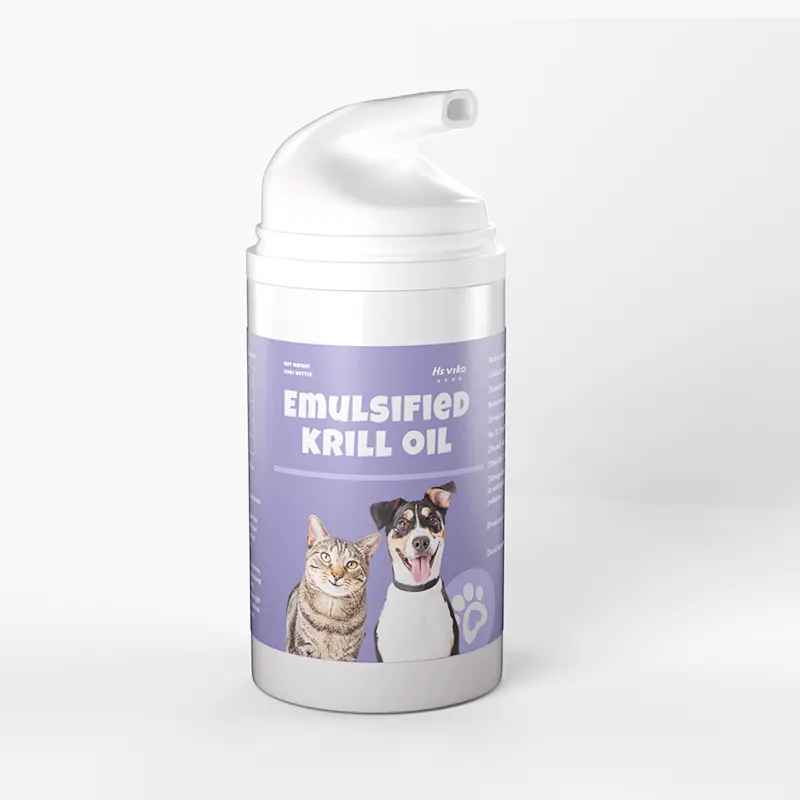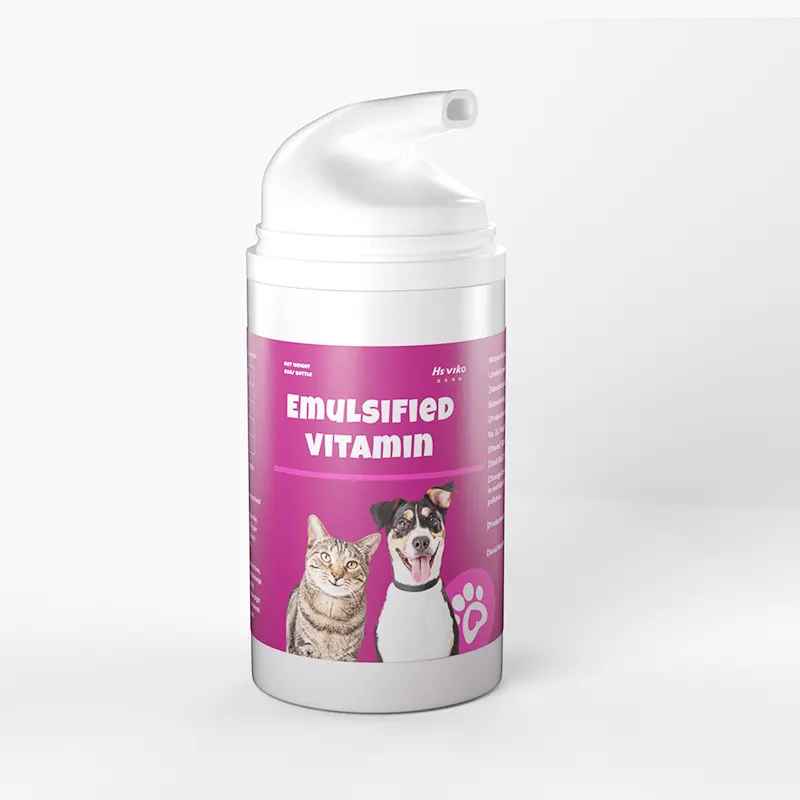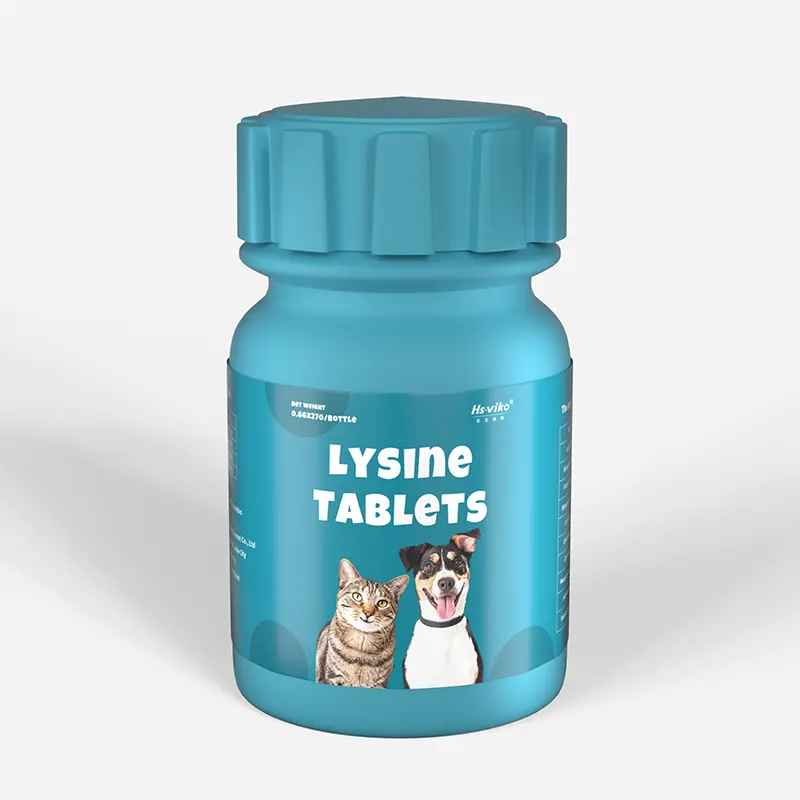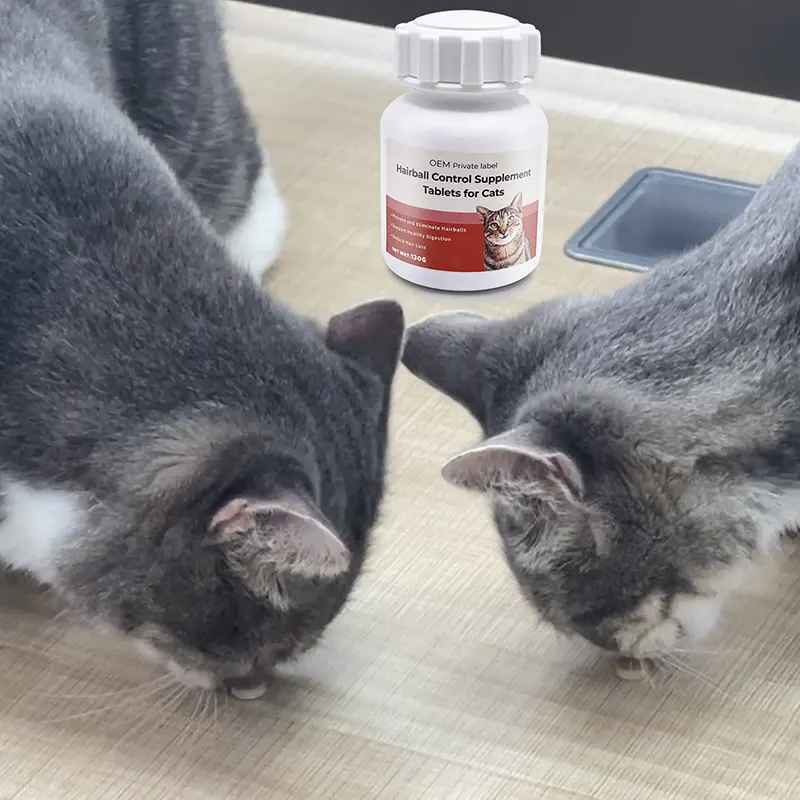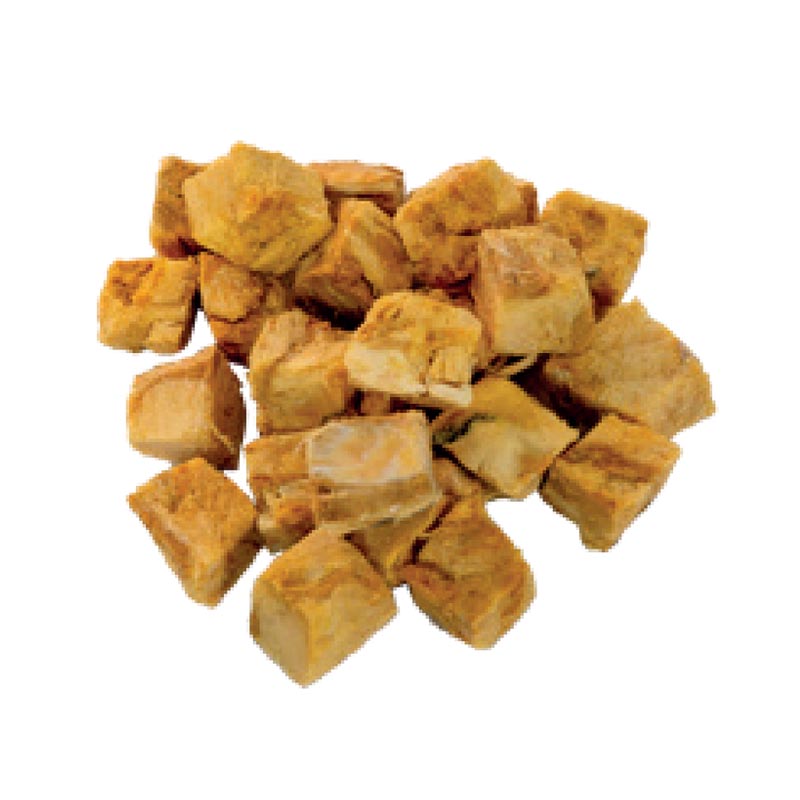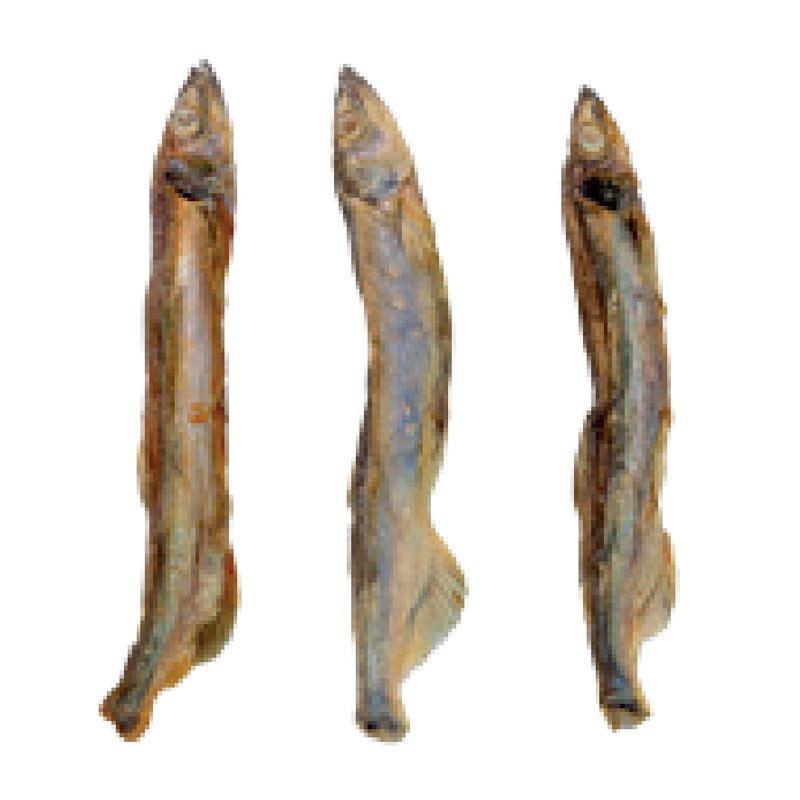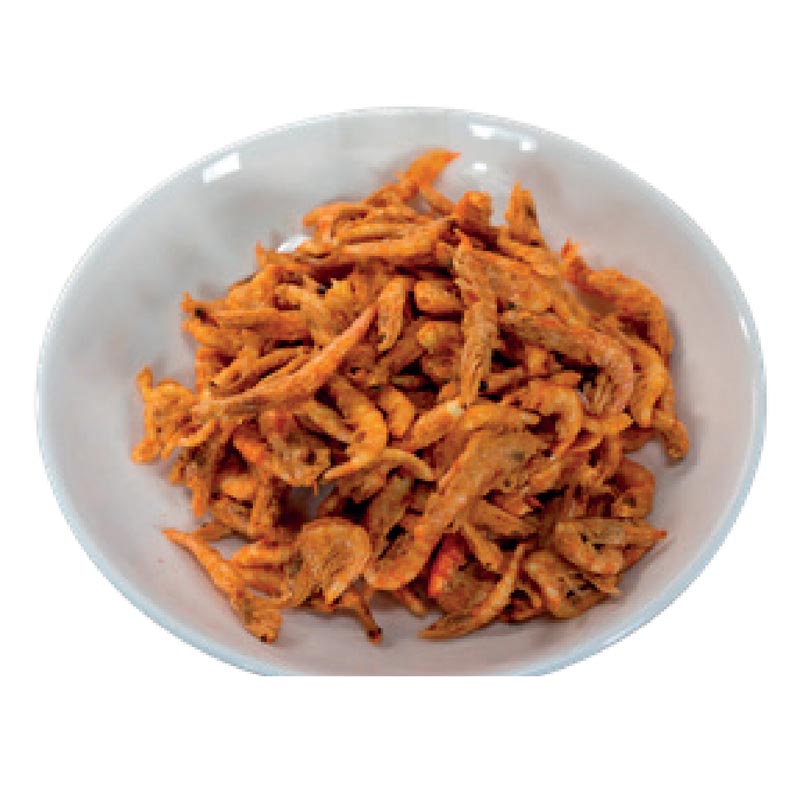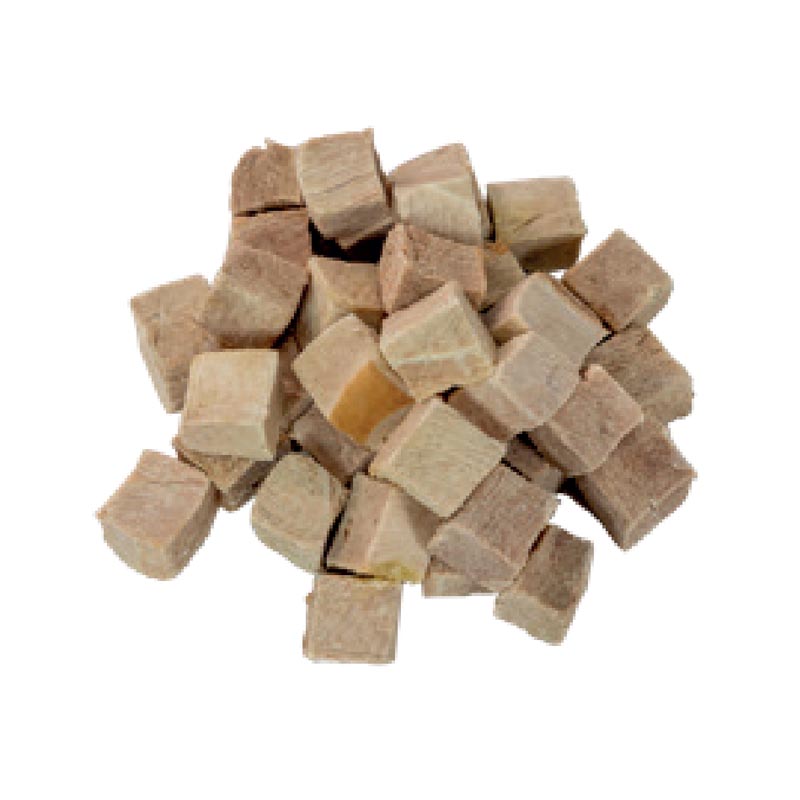How to store cat food: wet and dry cat food storage
Cat food is an essential part of a cat’s diet. Do you know how to store it properly? Whether it’s wet or dry cat food, proper storage is the key to keeping it fresh, tasty and full of nutrients.
Many cat owners, do not store their cat food correctly, thus allowing it to spoil and lose nutrients. In this article, HsViko will share the best ways to store opened and unopened wet cat food, and unopened and opened dry cat food. Ensure the effectiveness and safety of your stored cat food.
How to store wet cat food? A guide to storing wet cat food
For many cat-owning households, wet cat food is an essential part of a cat’s diet. However, storing wet cat food can also be an important task, as incorrect storage can lead to food spoilage, which can affect your cat’s health. Hsviko will show you how to store both opened and unopened wet cat food.
Storage of unopened wet cat food
Storage Location: Store unopened wet cat food in a cool, dry, ventilated place out of direct sunlight. Prevent moisture, mold or spoilage. Avoid humid or hot environments.
Avoid Extreme Temperatures: Wet cat food is temperature sensitive and should be stored away from extreme high or low temperatures. High temperatures can cause the food to spoil, while low temperatures can cause the food to freeze.
Pay attention to the shelf life: When buying wet cat food, always check the shelf life. Choose food with a longer shelf life to ensure you have enough time to finish it.
Storage: Unopened wet cat food usually comes in a ziplock bag. Keep the package intact and, if possible, place the whole package of wet cat food in a ziplock bag or special food plastic bag for added protection.
High Quality Wet Cat Food Wholesale
- Gold Canned Cat Wet Food
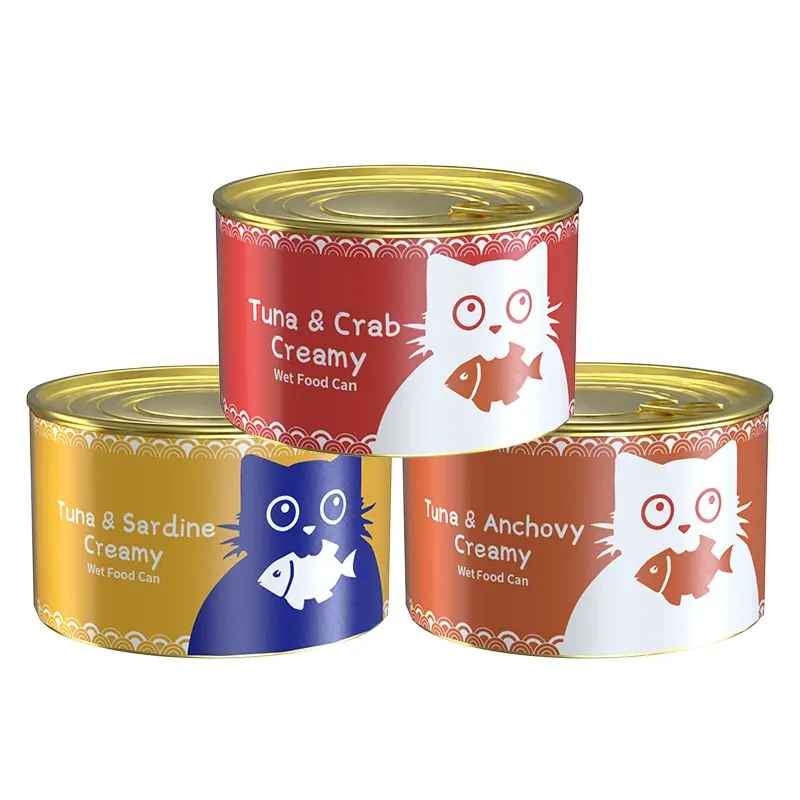
- Canned Wet Cat Food
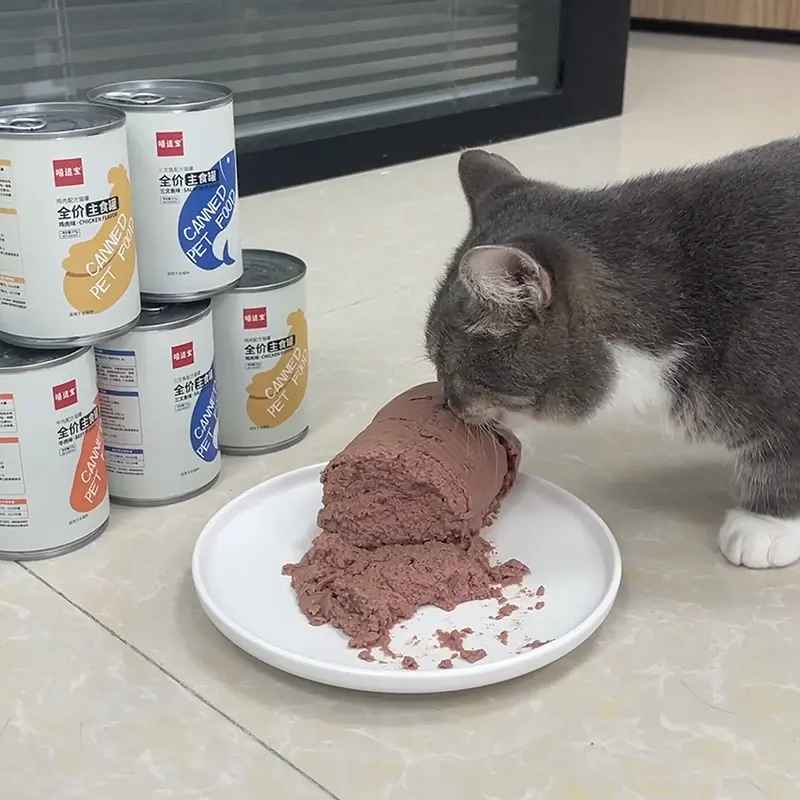
- Freeze dried Chicken Breasts for Dogs and Cats

- Tuna & Shrimp Cat Treats
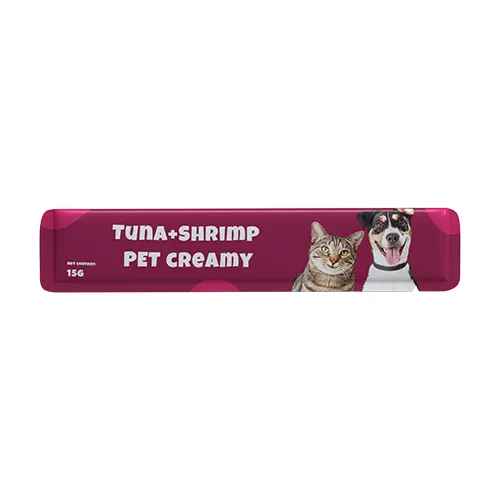
- Salmon Cat Treats
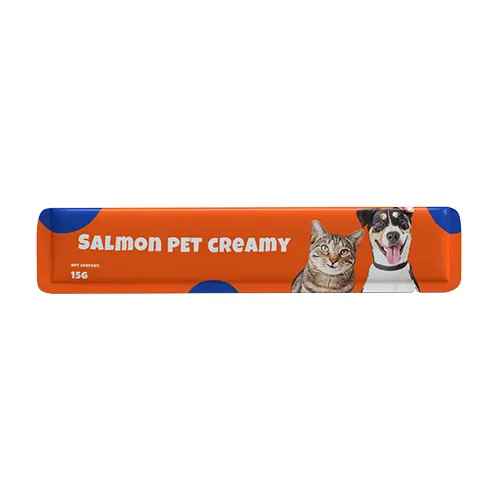
- Cod Creamy Cat Treats
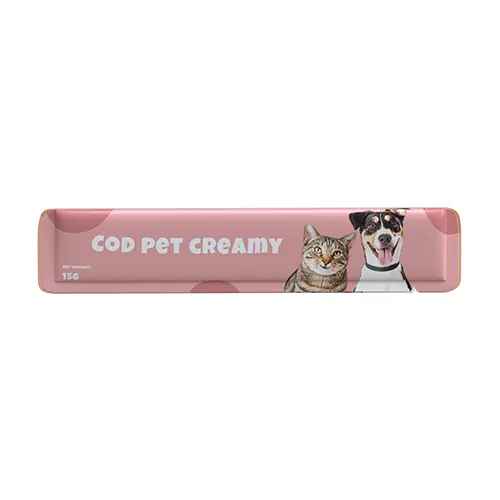
Storage of opened wet cat food
Heating: If you need to heat the opened wet cat food, you can use microwave oven or hot water to heat it. After heating, make sure the wet cat food is cooled to room temperature and then refrigerate it in an airtight container.
Store in an airtight container: Once the package of wet cat food has been opened, make sure it is stored in an airtight container. You can use specially designed wet food canisters or choose plastic or glass containers with a good seal. This helps to keep air and moisture out and slows down the rate at which the food oxidises.
Refrigerated storage: Opened wet cat food is best stored in the refrigerator, but avoid placing it directly into the freezer. Low temperatures slow down the growth of bacteria and extend the shelf life of wet cat food. Ensure the freezer is kept below 4 degrees centigrade.
Use up quickly: Refrigerated wet cat food should be consumed within one or two days, up to a maximum of three days. Try to use up the opened wet cat food within a short period of time. Prolonged storage may cause the quality of the food to deteriorate, affecting the taste and nutrition.
Observe deterioration: Check the condition of wet cat food before each feeding. If you find any odour, discolouration or mould in the wet cat food, the food may have deteriorated and should be discarded immediately.
Single-Serve Packets: If the wet food comes in individual packets, such as Hsviko Gold Canned Cat Wet Food, you only need to open them when you are ready to feed and let your cat eat them all at once, do not refrigerate them; these are designed for immediate consumption.
Best Practices for Storing Dry Cat Food
Dry cat foods are preferred by many cat owners because they provide consistent energy and nutrition and are relatively easy to store. But how do you store dry cat food properly? We’ll detail how to store both opened and unopened dry cat food to ensure your pet gets the best possible diet.
Storing Unopened Dry Cat Food
Sealed Packaging: Unopened cat food should be kept in its original bag, ensuring that the seal is intact. If the package has a zipper closure, make sure the zipper closure is secure.
Avoid moisture: Unopened dry cat food should be stored in a dry and ventilated place away from moisture. Moisture can cause caking and mold growth.
Keep cool: Similar to storing opened packages of cat food, it is best to store unopened cat food in a cool place to avoid high temperatures that can cause food ingredients to deteriorate.
Shelf life: Unopened dry cat food can usually be stored for 6 to 12 months. Once opened, it should be consumed within 4-6 weeks for optimal freshness. Always check the expiration date on the package before purchasing or using any product.
High Quality Dry Cat Food Wholesale
Storage of opened dry cat food
Sealed Container: After opening the package of dry cat food, it is important to store it in an airtight container. This helps insulate the food from air, moisture and other impurities and slows down oxidation. Choose a container with proper capacity and a good seal, preferably one that is moisture-proof, and make sure it has a secure lid with a tight seal.
Original packaging: If you don’t have an airtight container or you wish to keep the food in the original bag, you can fold the top of the original package down tightly and seal it with a clip or rubber band. Then store the bag in a cool, dry place out of direct sunlight.
Moisturizer: Placing some desiccant, such as a silica gel bag, in the storage container can effectively reduce the effects of moisture. This has a positive effect on preventing the growth of mold and bacteria.
Store in a cool place: Dry cat food is best stored in a cool, dry place where the temperature is below 80°F (27°C). Avoid areas with high humidity or temperature fluctuations, such as garages or attics. High temperatures may cause the fats in the food to rancidize and reduce its quality.
Feeding Practices That Enhance Storage Life
Proper feeding practices also help to achieve better storage results.
Throwing Away Your Cat’s Leftovers
For wet food, any leftovers should be discarded after four hours at room temperature. Dry food can be kept outside for up to 24 hours; however, it is recommended that fresh food be offered daily.
Regular Bowl Cleaning
Regularly wash your cat’s food and water bowls with soap and water. This practice prevents the buildup of bacteria that can contaminate fresh food.
Identifying Spoiled Food
Being able to identify spoiled cat food is vital for your pet’s health.
Dry Food: Unpleasant odors, changes in color or texture, or visible mold.
Wet Food: Sour smell, separation of ingredients, or visible mold growth.
If you notice any signs of spoilage, discard the product immediately.
Expiration Dates
Always check the “best by” or “best before” dates on both dry and wet foods. Consuming expired products can pose health risks due to potential mold and mildew. Consuming expired products can pose health risks due to potential spoilage or nutrient loss.
Proper storage is essential to keeping cat food fresh and safe. Follow the guidelines above to ensure your pet gets a healthy, tasty diet. Also, regularly checking and cleaning storage containers is an important step in maintaining food quality. If you have any questions or concerns about how to store cat food, please contact us for answers!
FAQs
How Long is Wet Cat Food Good For After Opening?
Once opened, wet cat food should be stored properly to ensure its safety and freshness. Generally, opened wet cat food can last 3 to 5 days when stored in the refrigerator. It is crucial to keep it in an airtight container or tightly sealed in its original packaging to prevent exposure to air and moisture, which can lead to spoilage.
Does Wet Cat Food Need to Be Refrigerated After Opening?
Yes, opened wet cat food must be refrigerated. Leaving it at room temperature can significantly increase the risk of bacterial growth, which can lead to foodborne illnesses in your cat. Ideally, any uneaten portions should be covered and placed in the refrigerator immediately after serving.
Can Opened Wet Cat Food Be Left Out?
Opened wet cat food should not be left out for more than 4 hours at room temperature. After this period, harmful bacteria can multiply rapidly, making the food unsafe for your cat to consume. If your cat does not finish the food within a couple of hours, it is best to discard the leftovers to ensure their health and safety.
One of the most powerful pet product brands in China. With more than ten years of experience in pet supplements is production. Provides one-stop service for pet health care products, medicine and food for the whole world, including customization, OEM, ODM and wholesale.
Related Posts:
- Lysine Benefits for Cats, Dosage, and Safety Tips for All Ages
- Cat Exercise and Nutritional Balance Guide: Boosting Cat Health with Pet Supplements
- What vitamins do cats need? Pregnant Cats & Older Cats Complete Guide
- Lysine supplements for cats: effects, benefits and side effects
- What Vitamins Should I Give My Cat? Expert Tips for Cat Owners
Search
© 2023-2024. All Rights Reserved. Copyright By HsViko Pet Supplies | Privacy Policy

